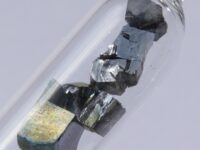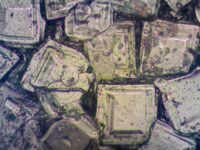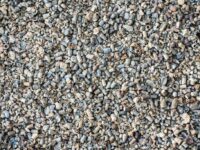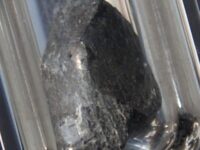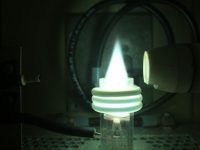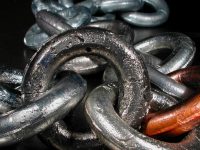Sources of Vanadium Vanadium is another wear metal commonly found alloyed with other metals. Vanadium may also be found in the coating of parts like valves, rods, rings, and bearings. Typically, increasing levels of vanadium, and possibly chromium, disproportional with iron, indicate coating wear, whereas proportional increases suggest hard steel alloy wear. One form of…
Read more
Sources of Vanadium
